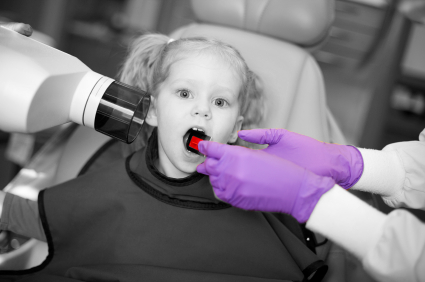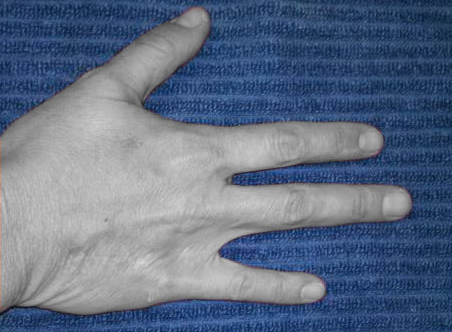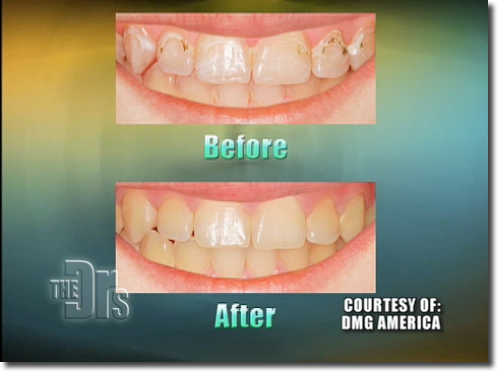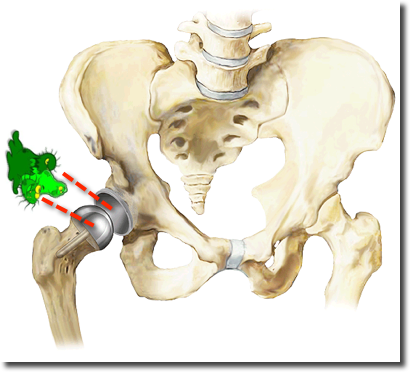It looks like virtual reality may actually be almost Matrix-quality in a few short years, and our patients will be able to immerse themselves fully in another world while they’re getting their dental work done. But because there’s a lot more money to be made in gaming (and there’s a MUCH wider customer base) don’t expect that this technology will have a dental application any time soon. Here’s a decent introduction to the concept featuring Palmer Luckey, the originator of the Oculus Rift headset:
These sorts of glasses have been intriguing to me for years, but all the previous versions mentioned here on DentalBuzz basically make it seem like you’re watching a TV screen from a distance. Oculus Rift is different. Users have described the feeling as being totally disconnected from reality. And isn’t that what recreational drugs do? Isn’t that what dental sedatives do?
Imagine a dental appointment where a fearful patient is allowed to slip into a virtual playground where they don’t even need to move their head much in order to initiate the immersive feeling of being elsewhere while they hold their totally oblivious mouths open. Patients’ ears will hear the sounds of their “other world,” letting them slip away from their bodies for a little while so that you can manage all the dental unpleasantries for them.
Here’s another preview of Oculus Rift:
There are many software developers in dentistry that are in search of the next big thing. The 3-D milling technology is pretty awesome these days, but indirect dental software such as patient education, practice management and the like are also looking for the leg-up. Oculus Rift is looking for developers right now, and my guess is that they haven’t even imagined its application in dentistry.
But that’s because you haven’t yet picked up their development kit to make it happen.
Here ya go, and good luck:
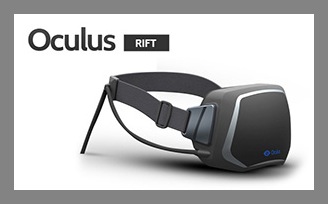
![]()
